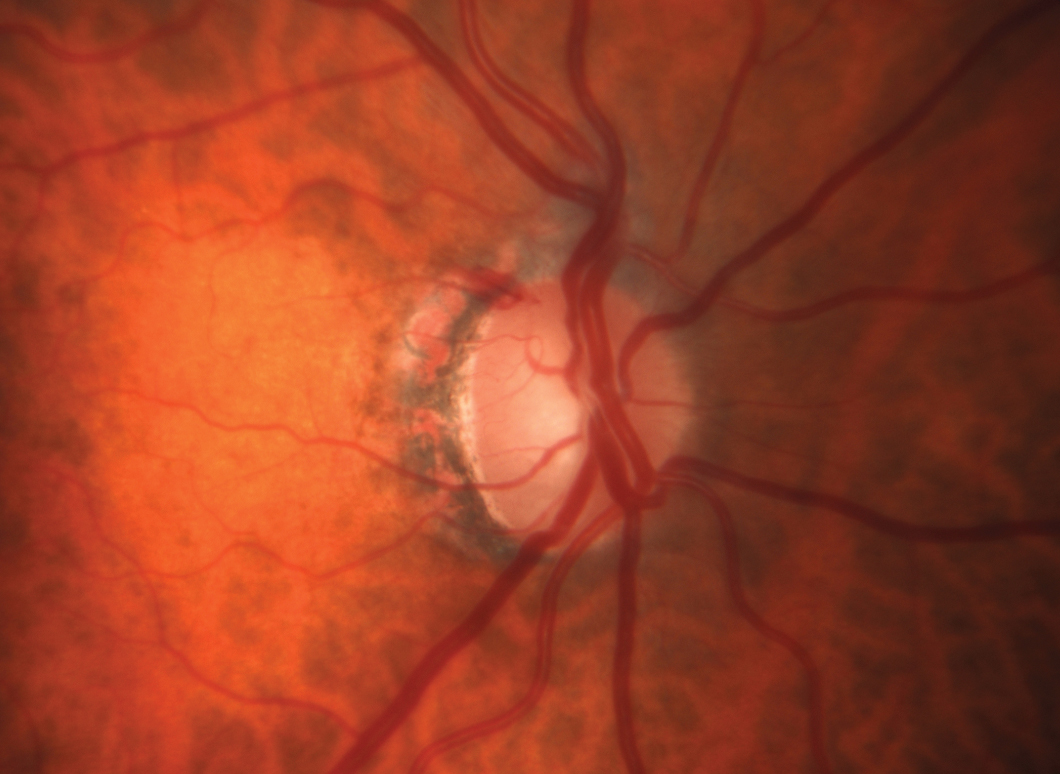 |
|
The more OCT scans, the better when it comes to detecting glaucoma progression, study finds. Photo: Michael Chaglasian, OD, and Sarah B. Klein, OD. Click image to enlarge. |
Recent findings in Ophthalmology suggest that the number of OCT scans needed to accurately diagnose glaucoma worsening over a two-year period should be significantly more than what is usually obtained in current clinical practice. If eyes that are labeled as worsening using values measured on OCT are often not worsening, or vice versa, then providers may over- or underestimate progression, which may have significant implications for patient care (e.g., over/under treatment, inappropriate follow-up etc.).
This descriptive and simulation study included 12,150 eyes from 7,392 adult patients with glaucoma or glaucoma-suspect status. Mean age was 67.6, 61% were female and 55% were Caucasian. All eyes had at least five OCT measurements of retinal nerve fiber layer (RNFL) thickness with signal strength of six or greater.
The researchers used linear regression to measure rates of RNFL worsening for average RNFL thickness and for the four quadrants. They estimated the accuracy of detecting worsening for different testing and frequency strategies via simulations.
These simulations included two different measurement strategies. The evenly spaced strategy used equal time intervals between consecutive measurements. In the clustered approach, approximately half the measurements were at each of the endpoints of the time period, according to the study authors.
Mean baseline average RNFL thickness was 87.50μm, and mean time intervals between measurements per eye was 390 days.
The researchers reported that the rate of worsening for average RNFL thickness was -1.09μm/year for the 75th percentile (moderate) and -2.35μm/year for the 90th percentile (rapid).
For the average measurement frequency of approximately three OCT scans over a two-year period, moderate and rapid RNFL worsening were accurately diagnosed only 47% and 40% of the time, respectively, according to findings from the simulation. If a clustered measurement strategy was used, the study authors determined that 60% accuracy required seven measurements to detect both moderate and rapid worsening within a two-year period.
“When practical, a clustered measurement strategy should be used with multiple scans per visit,” the study authors noted in their paper. “As OCT is a relatively quick and patient-friendly test, we believe providers can easily increase the number of tests per visit to more accurately identify glaucoma worsening.”
Bradley C, Hou K, Herbert P, et al. Evidence based guidelines for the number of peripapillary OCT scans needed to detect glaucoma worsening. Ophthalmology. August 3, 2022 [Epub ahead of print]. |


